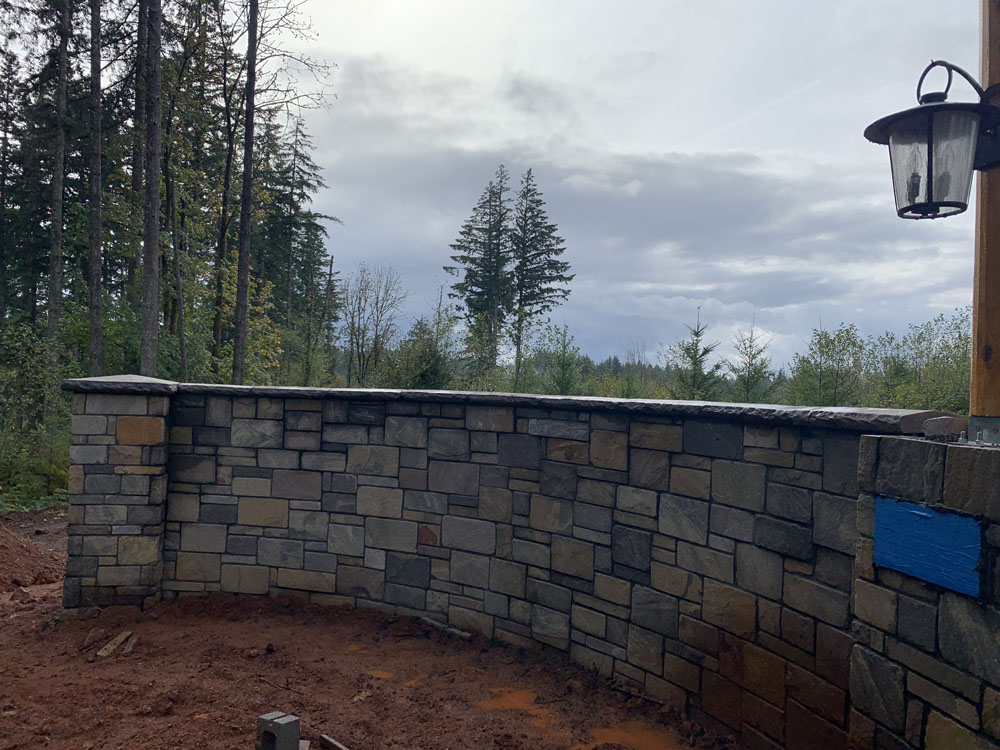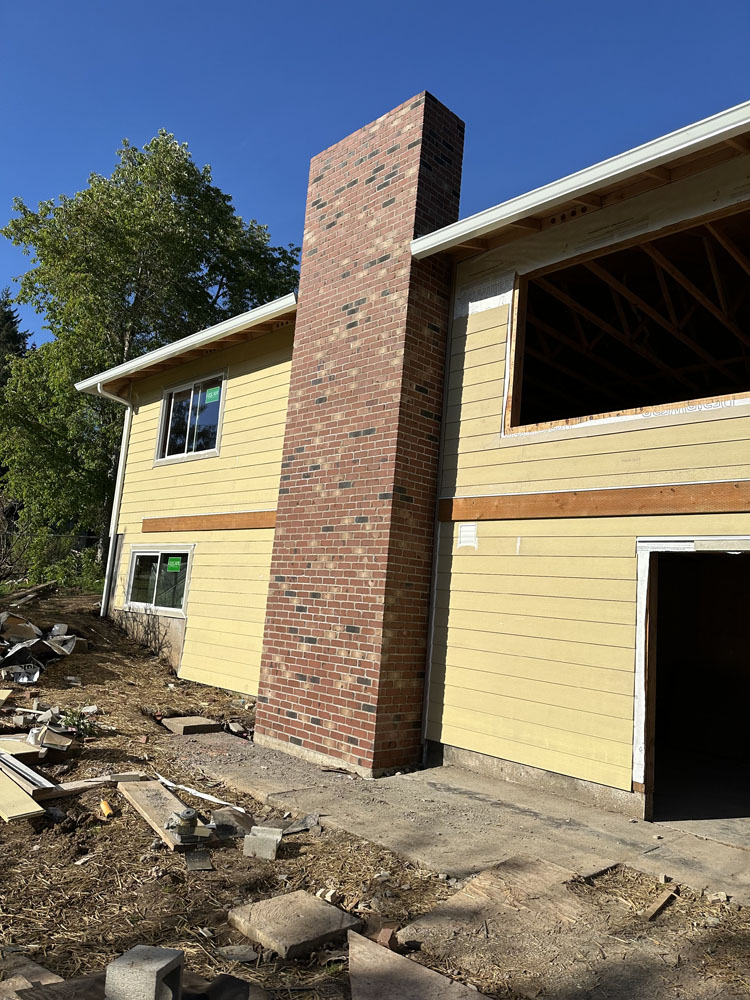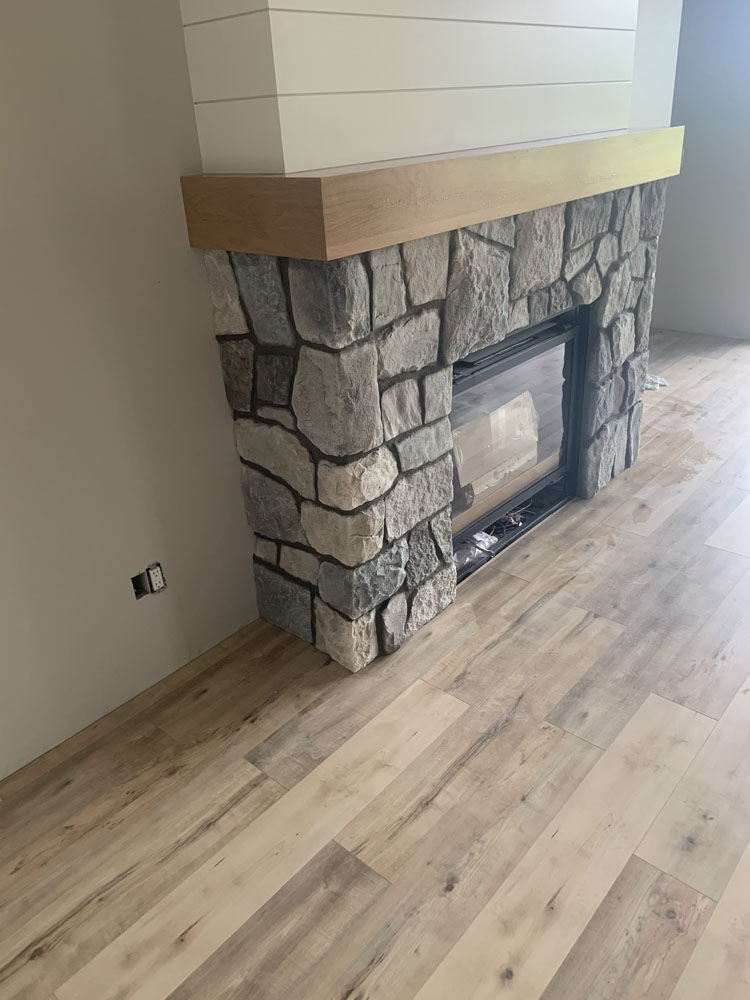Introduction
When it comes to the longevity and beauty of your brick and stone structures, maintenance is key. But did you know that climate plays a pivotal role in determining how often and in what ways you need to maintain these materials? Understanding the impact of weather conditions—from extreme heat to bone-chilling cold—can not only save you time but also money in the long run. In this article, we’ll dive deep into how climate affects your brick and stone maintenance routine, equipping you with the knowledge to keep your masonry looking its best.
How Climate Affects Your Brick and Stone Maintenance Routine
Climate isn't just a backdrop; it's a dynamic force that influences every aspect of masonry care. For instance, high humidity can lead to mold growth on brick surfaces, while freezing temperatures can cause cracks due to water expansion. The interplay between these environmental factors can dictate whether you need to seal your bricks more frequently or consider specific cleaning methods.
Understanding Different Climates
Tropical Climates: Humidity and Heat
In tropical climates, where humidity levels soar, bricks are susceptible to mildew and mold. The constant moisture can weaken mortar joints, leading to structural issues over time. Regular maintenance includes:
- Cleaning: Use pressure washing techniques carefully to avoid damaging the surface. Sealing: Waterproof sealants should be applied yearly.
Desert Climates: Extreme Dryness and Heat
masonry contractorConversely, desert climates pose a different set of challenges. High temperatures combined with low humidity can cause bricks to dry out and crack. Here’s what you might consider:
- Regular Inspections: Check for cracks or signs of wear at least twice a year. Moisture Retention: Use dampening agents during hot months.
Temperate Climates: The Best of Both Worlds?
Temperate climates enjoy moderate weather but still require attention. Seasonal changes mean that maintenance routines need adaptation throughout the year.
- Spring Cleaning: Remove winter debris and inspect for damage. Fall Preparations: Seal any exposed areas before winter sets in.
The Role of a Masonry Contractor in Climate Adaptation
A professional masonry contractor can be invaluable when adapting your maintenance routine according to climate changes. They possess expertise in local weather patterns and understand how different materials react under various conditions.
Choosing the Right Materials for Your Climate
Brick Types & Their Durability
Not all bricks are created equal; some are better suited for certain climates than others.


- Fired Clay Bricks: Great for temperate regions but may struggle in extreme heat or cold. Concrete Bricks: More durable across diverse climates but may need sealing against moisture.
Stone Varieties & Their Resilience
Similarly, stone types vary greatly in their resilience:
- Granite: Excellent for durability but requires sealing. Limestone: Beautiful yet porous; needs more frequent upkeep in humid conditions.
Seasonal Maintenance Routines Based on Climate
Winter Care for Brick and Stone Structures
Cold weather can wreak havoc on brickwork if not properly maintained.
Inspect Mortar Joints: Look for cracking or crumbling mortar which can allow moisture ingress. Sealant Application: Ensure all joints are sealed well before the frost hits.Spring Cleaning Essentials for Masonry
Springtime is perfect for thorough inspections following winter's toll on your masonry.
Mold Removal: Use vinegar or specialized cleaners designed for brick. Repointing: If necessary, add new mortar where it has crumbled away over winter.Summer Upkeep Techniques for Hot Weather
During peak summer months, take special care not to forget about your masonry:
Watering Plants Nearby: Too much water runoff can erode mortar joints. Inspecting Seals: Make sure they’re intact after heavy rains or irrigation.Fall Preparations Before Winter Strikes
As autumn approaches, it’s vital to prepare your brick and stone structures:
Leaf Removal: Keep gutters clear from falling leaves that could trap moisture. Final Inspections: Check once more for any damages requiring immediate attention before snow falls.Common Issues Faced by Brick and Stone Structures Due to Climate Conditions
Understanding common problems associated with various climates will help you stay proactive rather than reactive when it comes to maintenance routines.
Cracking Caused by Freezing Temperatures
When water seeps into cracks during warmer months and freezes overnight, it expands—causing further damage over time.
Mold Development Due to High Humidity
Mold thrives in moist conditions—if left untreated, it can damage the integrity of both bricks and stones significantly.
Conclusion
Climate undeniably affects every element of your brick and stone maintenance routine—from frequency of inspections to techniques employed when cleaning or sealing surfaces. By staying aware of local weather patterns, understanding material choices, and employing expert advice from qualified masonry contractors, homeowners can ensure their structures remain beautiful—and intact—for years to come!
FAQs
1. What are common signs that my brick structure needs maintenance?
Look for cracks, discoloration from mold or mildew, loose bricks or mortar falling out—these all indicate a need for attention!
2. How often should I seal my brick?
In humid climates, sealing should be done annually; however, more arid environments may only require this every few years depending on usage.

3. Can I perform maintenance myself?
While minor tasks like cleaning may be DIY-friendly, it's wise to consult with a masonry contractor for major repairs or issues concerning structural integrity!
4. Are there eco-friendly options available for cleaning bricks?
Yes! Many biodegradable cleaners exist specifically designed for masonry—look out for those marked as environmentally friendly!
5. How does temperature affect drying times after cleaning?
High temperatures will speed up drying times while cooler conditions slow them down—allow extra time during colder months!
6. What should I do if my bricks start chipping?
Consider having them inspected by a contractor who specializes in masonry repairs; they’ll recommend appropriate steps based on severity!
In summary, adapting your brick and stone maintenance routine according to climate is crucial for preserving their integrity while enhancing aesthetics—a little effort goes a long way!